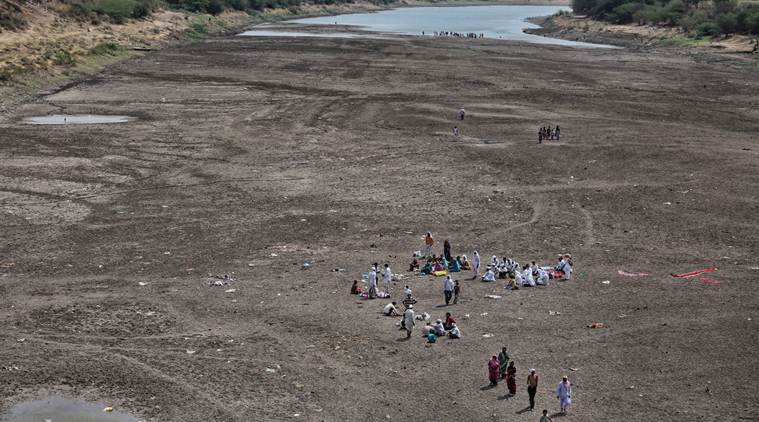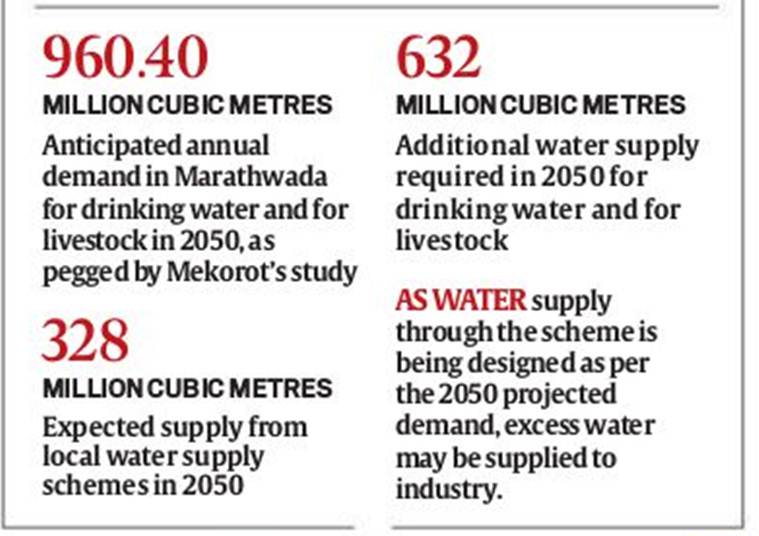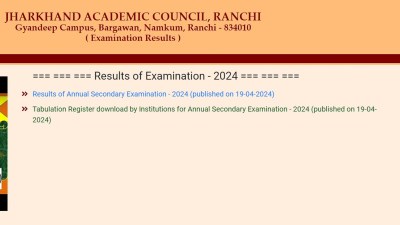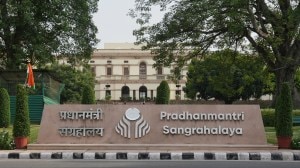- India
- International
Maharashtra: In Marathwada, govt plans Rs 16,000-crore grid for piped water
Called the Marathwada Water Grid, the first tenders are to be floated in a week, covering a Rs 4,527-crore component of the Rs 16,000-crore project.
 Water scarcity in the region is acute — while large parts of western Maharashtra reeled under floods last week, over 250 villages in Marathwada continued to receive water through tankers. (Express Photo by Amit Chakravarty)
Water scarcity in the region is acute — while large parts of western Maharashtra reeled under floods last week, over 250 villages in Marathwada continued to receive water through tankers. (Express Photo by Amit Chakravarty)
Facing cyclical drought, the arid Marathwada region of central India has now been promised a network of giant pipelines running thousands of kilometres to connect the region’s 11 major reservoirs, punctuated by water treatment plants and pumping stations, to provide piped drinking water to every village household three years from now.
Water scarcity in the region is acute — while large parts of western Maharashtra reeled under floods last week, over 250 villages in Marathwada continued to receive water through tankers. Already suffering from an acute depletion of groundwater levels, five districts still face a 20 to 42 per cent monsoon deficit though Maharashtra has recorded excess rain this season.
Called the Marathwada Water Grid, the first tenders are to be floated in a week, covering a Rs 4,527-crore component of the Rs 16,000-crore project.
The project proposes to connect 11 major dams in Marathwada through pipelines ranging from 1.6 m to 2.4 m in diameter. A primary loop will connect the reservoirs to enable pumping water from water surplus dams to areas serviced by reservoirs with low storage levels.
 For now, tenders will be floated for two packages — one contract will cover Aurangabad-Jalna, another Beed.
For now, tenders will be floated for two packages — one contract will cover Aurangabad-Jalna, another Beed.
For example, right now, while the region’s biggest dam Jayakwadi has opened its sluice gates partially after its reservoir Nath Sagar filled up to 91 per cent of its capacity owing to inflows from rained-out Nashik’s east-flowing rivers, at least half-a-dozen of the remaining 10 major dams are still at dead storage.

“The project aims to bring in water security and optimal use of available water in the region. Often, there is water individually in these reservoirs, but collectively the region is water scarce,” said P Velrasu, member-secretary of the Maharashtra Jeevan Pradhikaran (MJP), which is handling the project.
He called the Marathwada grid a potential “game-changer” for the region. Through pipelines and pump houses, the grid — much like a power grid — will allow water to be drawn from a water-surplus reservoir and pumped to water treatment plants and from there to talukas where there is a scarcity. Some sections of the pipeline will allow reverse flows to optimise the system so that a water-scarce taluka is supplied from the nearest water-surplus reservoir. A secondary network of pipelines will convey water to each of Marathwada’s 76 talukas, with tapping points at a distance of every 5 km to 10 km.
At a later stage, the project envisages connecting to the Marathwada grid the waters from Konkan’s west-flowing rivers that now empty freshwater into the Arabian Sea, and also from the Krishna basin that keeps western Maharashtra flush.
For now, tenders will be floated for two packages — one contract will cover Aurangabad-Jalna, another Beed. Tenders for the remaining three packages will be floated soon after the state Assembly elections, due in October.
Concessionaires for each package will lay the primary pipelines for bulk water from the reservoirs, the secondary grid of pipelines for treated water, and water treatment plants. For Aurangabad alone, the project foresees 192 km of primary pipelines and 490 km of secondary pipelines. In Jalna, pipelines for bulk water will run 132 km and 293 km for treated water. Four treatment plants in Aurangabad will process 396 million litres daily (MLD), and three plants in Jalna will process 149 MLD. Together, the anticipated cost for the 1,108 km of pipelines and seven treatment plants is estimated to be Rs 4,500 crore.
As project consultant, Israel’s national water supply company, Mekorot, which has in recent years emerged as a sectoral expert for water-scarce regions, is drawing up detailed reports on the anticipated demand district-wise for the region in 2050 for drinking water, animals, irrigation and industry.
Their scope of work also includes studying available and potential water sources, including existing supply lines. Mekorot will submit reports on the feasibility of a piped water grid for all uses, but the first phase will focus on providing piped drinking water to a region where hundreds of crores are spent each year on water tankers.
Guided by Israel’s water supply network that includes a deep pipeline through the desert from freshwater lake Sea of Galilee, the Marathwada grid is, however, not the first such Indian scheme. Telangana has built its Mission Bhagiratha, while Gujarat has a drinking water project that is a hybrid of pipelines and canals from the Sardar Sarovar dam.
According to Velrasu, no land acquisition is foreseen except for the water treatment plants, as the pipelines are to be laid along existing highways where the state has right of way. Wherever the pipes are to be laid under sections of farmland, farmers may be paid compensation for standing crops
But some challenges remain: MJP’s Rs 16,000-crore project will have to be matched by an almost equal investment by the state’s water supply department to build a much more dense and complicated tertiary network of pipelines reaching villages and homes. Without those, the project will stay incomplete.
Also, under the Hybrid Annuity Model, following prequalification and vetting of designs, the bidder quoting the lowest Net Present Value (NPV) for construction and operations for 15 years will be selected. The concessionaire raises 60 per cent of the project cost via debt and equity, while the government pays the remaining in tranches. A budgeted revenue support from the government for the concessionaire over 15 years will be required.
Apr 19: Latest News
- 01
- 02
- 03
- 04
- 05






































